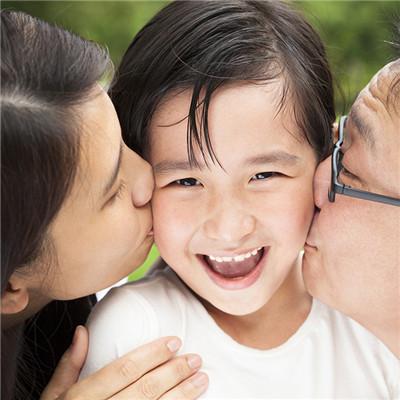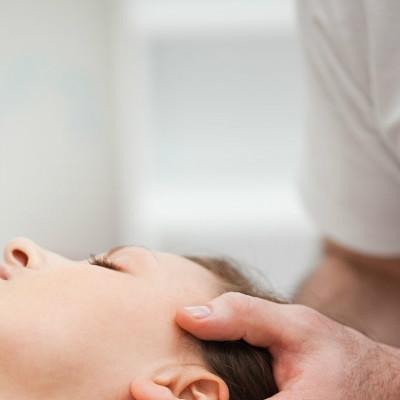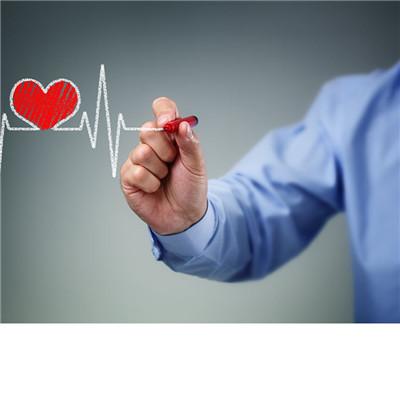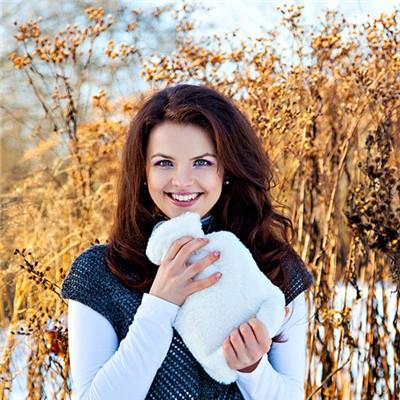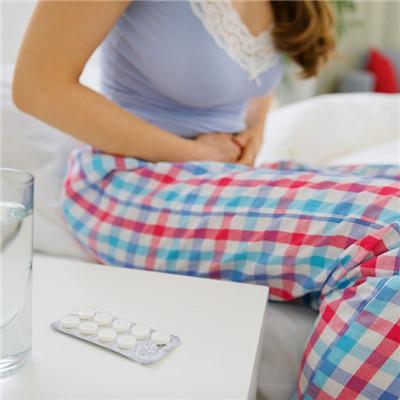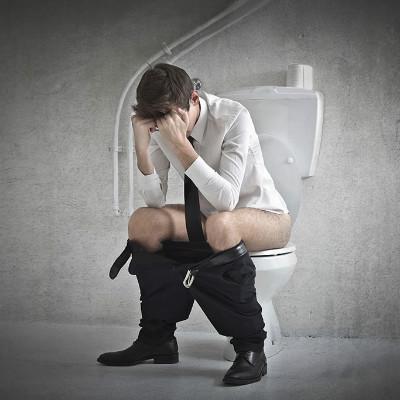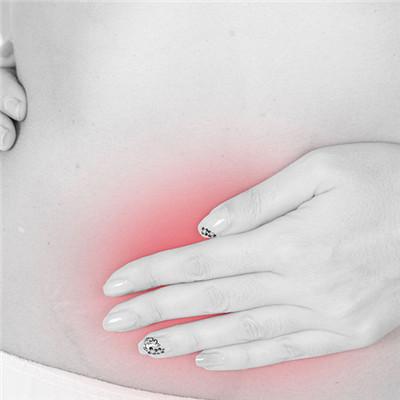Symptoms of pollinosis
summary
Hay fever, also known as hay fever, is caused by allergy to plant pollen, mainly involving the eyes and upper respiratory tract. Most of the disease is transmitted by the pollen of wind as allergen. The main pathogenic pollen in China is pollen from pens, sunflowers, hemp, Wutong, castor, amaranth, cucurbits, poplar and elm. There are also a small number of patients caused by fungi, dust mites or other seasonal inhalation or food. Symptoms of pollinosis? Let's talk about it
Symptoms of pollinosis
The diameter of pollen is generally about 30-50 microns. When they are dispersed in the air, they are easily absorbed into the respiratory tract. People with a history of pollen allergy will have an allergic reaction after inhaling the pollen, which is called pollen allergy.
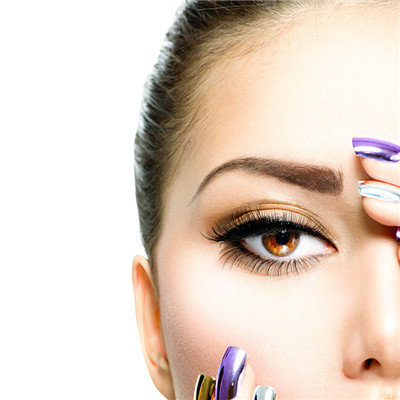
The main symptoms of pollen allergy are sneezing, runny nose, tears, itchy nose, eyes and external auditory canal. In severe cases, it can also induce tracheitis, bronchial asthma and cor pulmonale (mostly in summer and Autumn). The reason why pollen can cause human allergy is that there are abundant proteins in pollen, some of which are the main allergens.

Pollen allergy, also known as hay fever, is characterized by runny nose, sneezing, itchy nose and eyes, cough and other symptoms. Children with pollen allergy mainly have three manifestations: first, "pollen allergic rhinitis", nasal itching, sneezing, runny nose, blocked nose, poor breathing, etc; Two is "pollen allergic asthma", manifested as paroxysmal cough, dyspnea, white foam like mucus, sudden onset of asthma and gradual weight. After good, it has no two with normal people. The third is "pollen allergic conjunctivitis", which is characterized by itchy eyes, eyelid swelling, and often accompanied by watery or purulent mucus secretion.
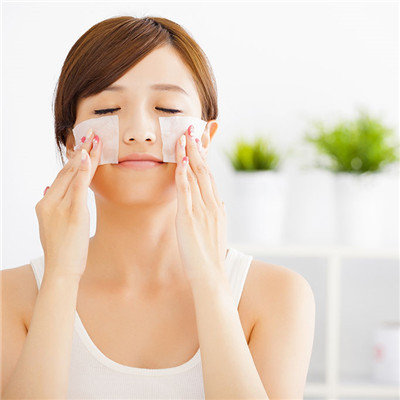
matters needing attention
Explain the important knowledge related to allergy to patients, so that they can understand the causes of the disease and prevention methods. Inform the patients to reduce outdoor activities in the pollen season and not to visit the densely vegetated areas or grassland areas in the suburbs; Wear protective masks and glasses when going out; Prophylactic drugs can be prescribed a few weeks before the pollen phase.


